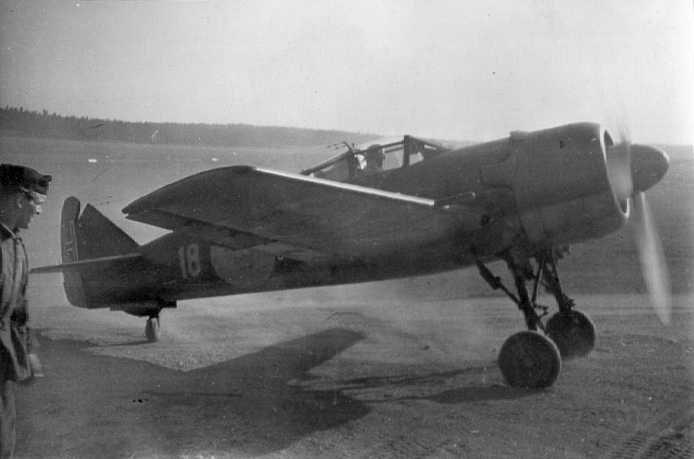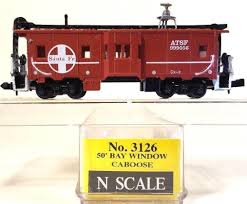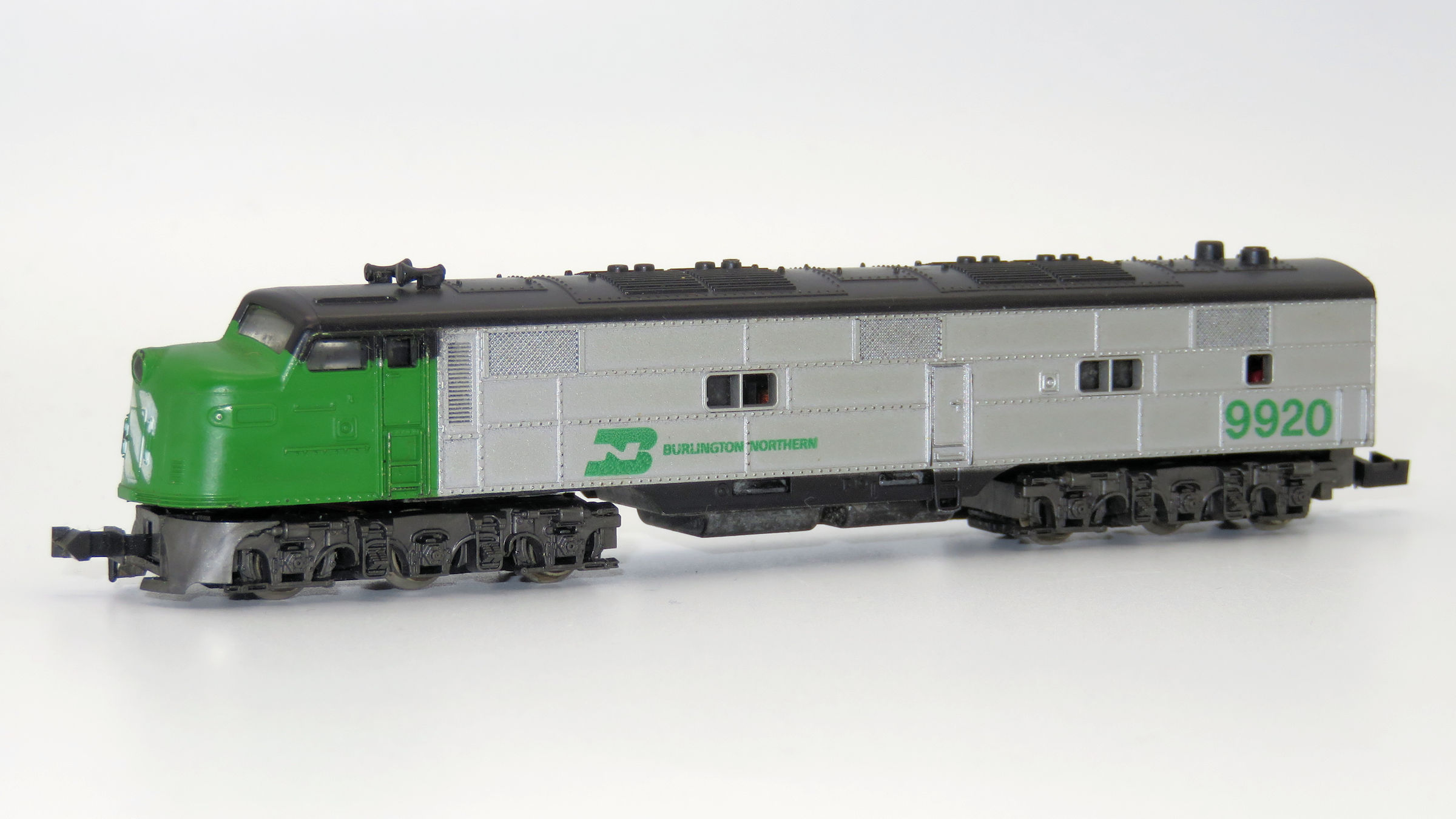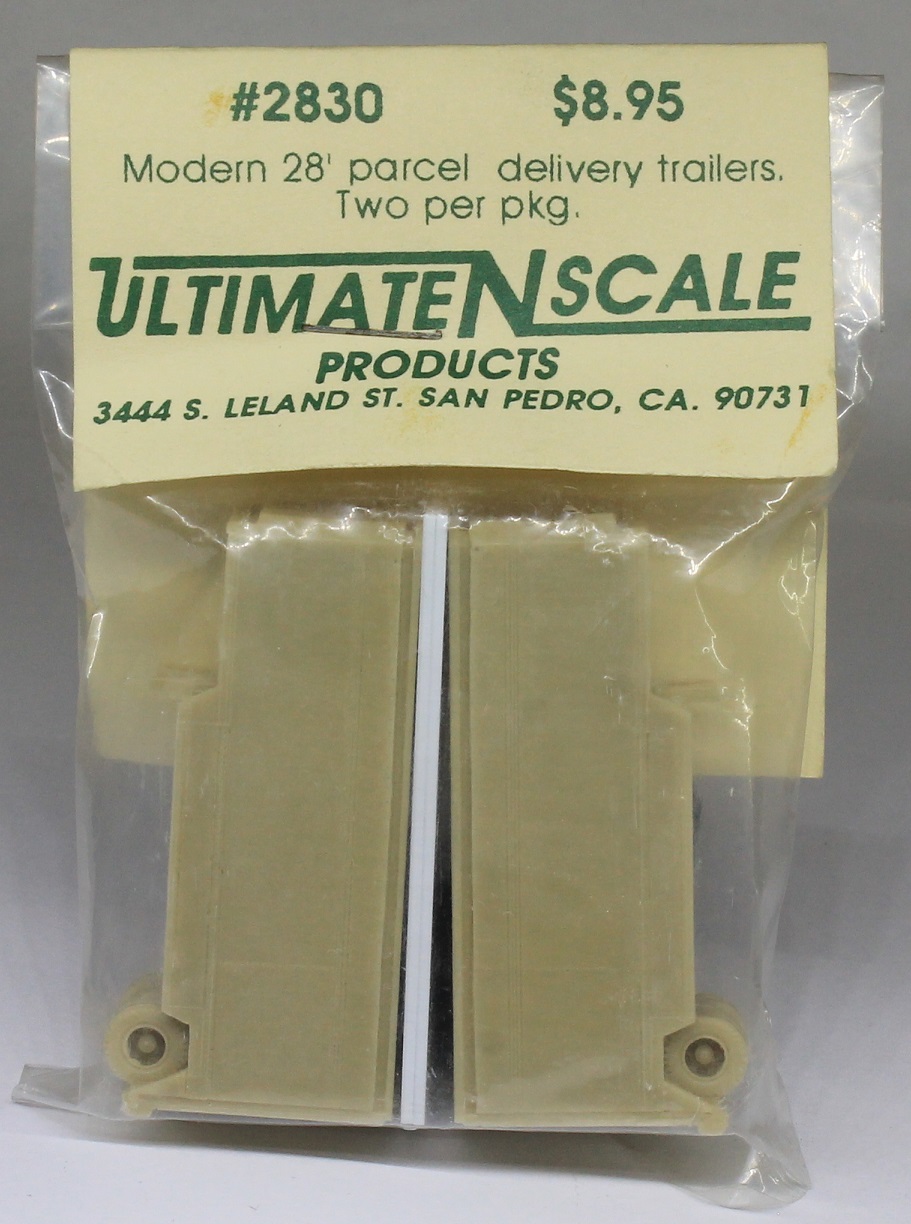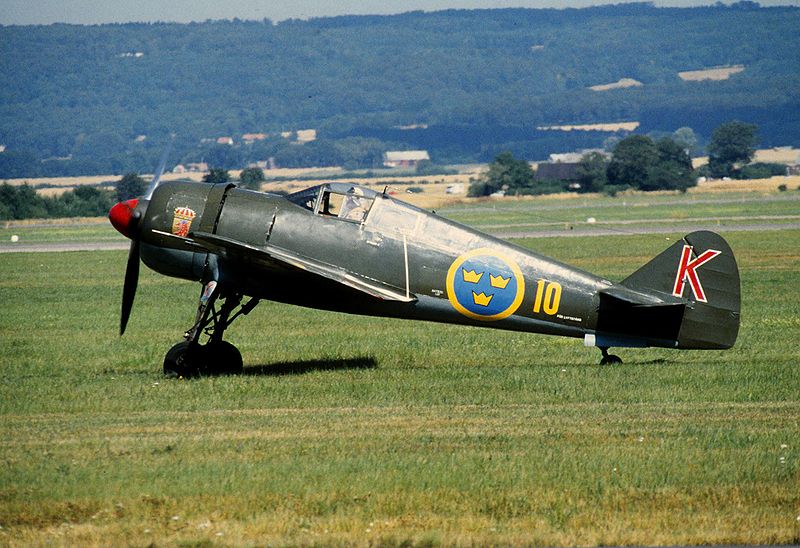History: The FFVS J 22 is a Swedish single-engine fighter aircraft developed for the Swedish Air Force during World War II
The J 22 was well liked by its pilots and possessed good manoeuvrability and responsive controls. Forward visibility on the ground left something to be desired and if the tailwheel was left unlocked and able to swivel during take-off there was the potential to ground-loop. In mock dogfights with P-51 Mustangs (called J 26 in Swedish service) it was able to "hold its own" up to 5,000 metres (16,000 ft) although, above 6,000 m (19,000 ft), without a good high altitude supercharger, it became sluggish. J 22 pilot Ove Müller-Hansen: "This was one of the finest aircraft that I have ever flown. The responsiveness of the controls and overall handling was exceptionally nice. It was not a high altitude fighter but up to about 5000 m (16,000 ft) it could hold its own very well. We flew mock dog fights with P-51 Mustangs and they could not catch us below 4000 m (13,000 ft) but if the fight was higher than that we had to be very careful. At altitudes above 6000 m (19,500 ft) it was getting sluggish and at 9000 m (29,000 ft) it was not much power left. Stalls in turns and straight forward were usually not a problem. If you pulled really hard in turn it would sometime flip over on its back. The first version, the 22-A, did not have much fire power, but the 22-B was better." Because of its simple systems the J 22 was very easy to maintain and service.[1]
The J 22 was well liked by its pilots and possessed good manoeuvrability and responsive controls. Forward visibility on the ground left something to be desired and if the tailwheel was left unlocked and able to swivel during take-off there was the potential to ground-loop. In mock dogfights with P-51 Mustangs (called J 26 in Swedish service) it was able to "hold its own" up to 5,000 metres (16,000 ft) although, above 6,000 m (19,000 ft), without a good high altitude supercharger, it became sluggish. J 22 pilot Ove Müller-Hansen: "This was one of the finest aircraft that I have ever flown. The responsiveness of the controls and overall handling was exceptionally nice. It was not a high altitude fighter but up to about 5000 m (16,000 ft) it could hold its own very well. We flew mock dog fights with P-51 Mustangs and they could not catch us below 4000 m (13,000 ft) but if the fight was higher than that we had to be very careful. At altitudes above 6000 m (19,500 ft) it was getting sluggish and at 9000 m (29,000 ft) it was not much power left. Stalls in turns and straight forward were usually not a problem. If you pulled really hard in turn it would sometime flip over on its back. The first version, the 22-A, did not have much fire power, but the 22-B was better." Because of its simple systems the J 22 was very easy to maintain and service.[1]
Railroad/Company: Flygförvaltningens Flygverkstad i Stockholm, (FFVS). FFVS bildades 1941 och leddes av Peter Kock. Som chef för tekniska kontoret utsågs Bo Lundberg. Utvecklings- och teknikkontoren var förlagda till Stockholm. Tanken var att FFVS bara skulle tillverka en prototyp på hantverkmässigt sätt och sedan lämna ut prototypexemplar av detaljer till underleverantörer för att sedan slutmontera delarna i FFVS:s regi.
Som mest sysselsattes 815 personer vid FFVS, och 250 större legotillverkare av detaljer. Förvaltningen försäkrade sig hos Saab att företaget inte hade något emot att tillverkningen av en flygplanstyp (FFVS J 22) startades. FFVS garanterade även att man inte skulle ta vare sig konstruktörer, arbetskraft, råmaterial eller underleverantörer från Saab.
Som monteringslokal hyrdes AB Aerotransports nybyggda hangarer på Bromma flygplats. Efter andra världskriget fick man lämna tillbaka lokalerna och FFVS omlokaliserades 1945 till Arboga där det uppgick i det nybildade Centrala Flygverkstaden Arboga (CVA).
Som mest sysselsattes 815 personer vid FFVS, och 250 större legotillverkare av detaljer. Förvaltningen försäkrade sig hos Saab att företaget inte hade något emot att tillverkningen av en flygplanstyp (FFVS J 22) startades. FFVS garanterade även att man inte skulle ta vare sig konstruktörer, arbetskraft, råmaterial eller underleverantörer från Saab.
Som monteringslokal hyrdes AB Aerotransports nybyggda hangarer på Bromma flygplats. Efter andra världskriget fick man lämna tillbaka lokalerna och FFVS omlokaliserades 1945 till Arboga där det uppgick i det nybildade Centrala Flygverkstaden Arboga (CVA).
Item Links: We found: 1 different collections associated with Aircraft - Propeller - J 22
- Collection Plastic Model Vehicles: 1 different items.
Item created by: gdm on 2019-04-26 13:22:07. Last edited by gdm on 2019-04-26 13:22:08
If you see errors or missing data in this entry, please feel free to log in and edit it. Anyone with a Gmail account can log in instantly.
If you see errors or missing data in this entry, please feel free to log in and edit it. Anyone with a Gmail account can log in instantly.


